++++
 ++++
++++Mayan Civilization ~VIA MexicoToday.org
By: J. Alexander Bennett
John Morris and Jaime Awe in their paper focused on archaeological research in Belize, which provides insights into the Postclassic Period of Maya Civilization (A.D. 1000-1500), following the “collapse” of the southern Maya lowland city-states and the end of the Classic Maya civilization (A.D. 750-900).
Archaeological investigations during the latter part of the twentieth century have revealed that the period known as the Postclassic (A.D. 1000-1500) was not one of absolute demise. Maya traditions and ways of life did not disappear but rather changed from the central lowlands of Mexico to the northern highlands. There is still much to learn about what actually happened.
For easy reference, it is useful to recall that Mayan chronology may be divided into six periods: Paleo-Indian, Archaic, Preclassic (or Formative), Classic, and Postclassic. Postclassic, moreover, may be divided into two periods: the Early Postclassic (A.D. 900-1250) and the Late Postclassic (A.D. 1250-1519). The Early Postclassic is marked by the dominance of Chichén Itzá in Yucatán. The Late Postclassic is the period that saw fall of Chichén Itzá and the rise of Mayapan, fragmentation throughout the northern Maya lowlands and, seemingly, the increase of maritime trade around Yucatán and beyond. It is in the latter part of this period that the Spanish Conquistadors arrived in the sixteenth century.
Politically, at the start of the Late Postclassic period Chichén Itzá, Mayapan, and Izamal were among the most prominent cities in Yucatán. The ruler of Chichén Itzá was Chac Xib Chac, and that of Mayapan was Hunac Ceel. A serious conflict arose between the ruler of Chichén Itzá and Izamal, resulting in the routing of the Itzá clan from Chichén. Eventually, many of the Itzá left Yucatán and settled in Petén (in Guatemala).
After the fall of Chichén, the Cocom family of Mayapan became the most powerful family line of Mayapan. They demanded that the leaders of all the Mayan provinces live at Mayapan, thereby forming what has been termed the “League of Mayapan”, comprised of sixteen city-states.
It is important to understand this organization of the Maya people as it has a bearing on the province of Chetumal, which extended from Quintana Roo to the Belize River.
The capital of Chetumal was sited just outside of what is now Corozal Town, at the Santa Rita site (ancient Chetumal). The city of ancient Chetumal was under the Can family. In 1441, the Xiu clan rose up against the Cocoms, eventually defeating them. The leadrs of the Cocoms were sacrificed and their followers driven from Mayapan. With the disbanding of the League of Mayapan, the Maya state reverted to individual , rival provinces embroiled in civil wars, until the Spaniards arrived in A.D. 1519.
++++LINK > Mayan Civilization ~ http://www.myanmars.net/myanmar-history/mayan-civilization.htm ~
++++
http://www.crystalinks.com/mayansociety.html
Mayan Society
++++LINK > Mayan Civilization ~ http://www.myanmars.net/myanmar-history/mayan-civilization.htm ~
++++
http://www.crystalinks.com/mayansociety.html
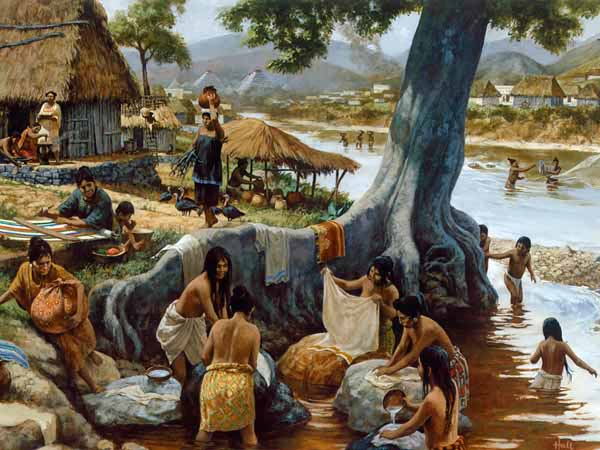
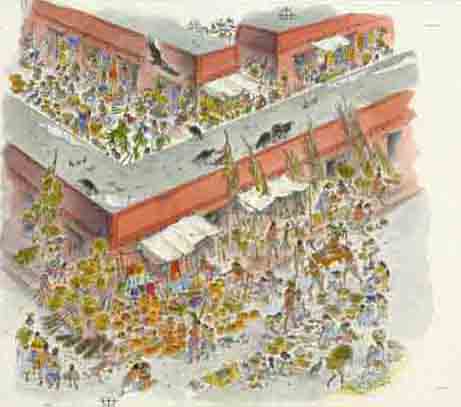
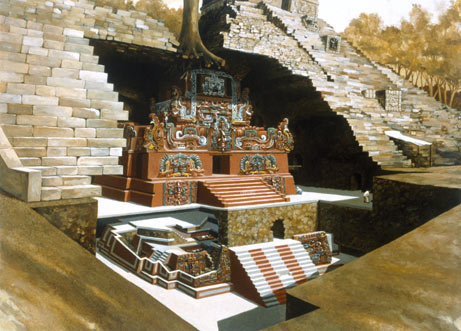
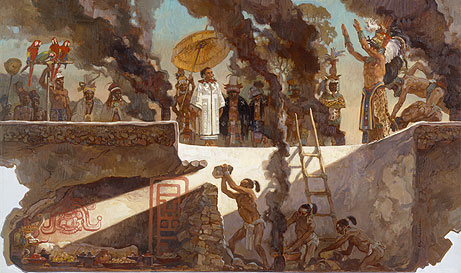
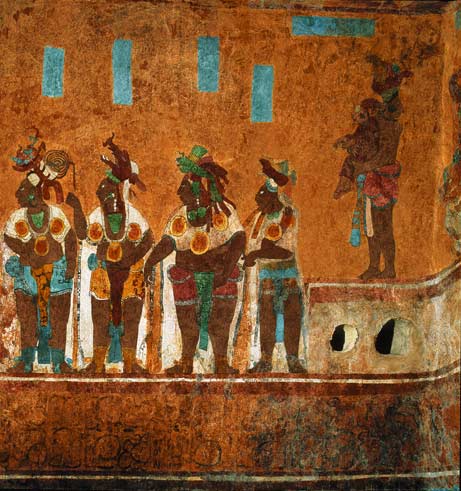
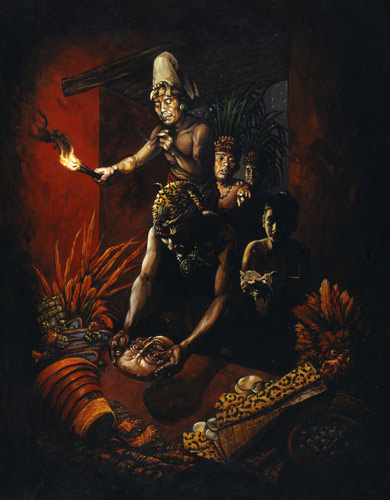
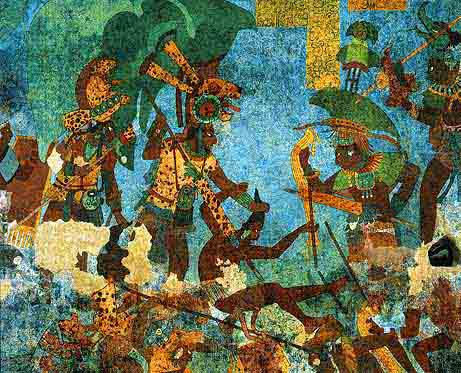
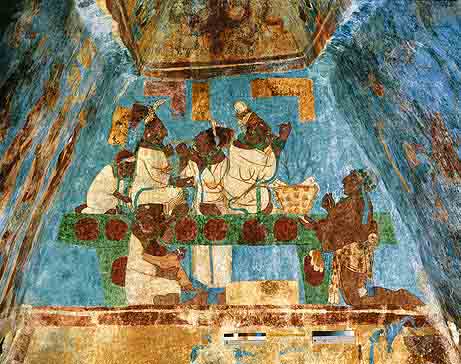
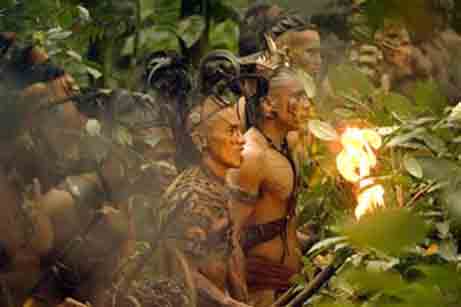
Gallery: What The Maya Empire Looked Like
National Geographic - December 7, 2006
The Mayan civilization was not one unified empire, but rather a multitude of separate entities with a common cultural background. Similar to the Greeks, they were religiously and artistically a nation, but politically sovereign states. As many as twenty such states existed on the Yucatan Peninsula, but although a woman has, on rare occasions, ascended to the ruling position, she has never acquired the title of 'mah kina'.
The Mayans were the most important of the cultured native peoples of North America, both in the degree of their civilization and in population and resources, formerly occupying a territory of about 60,000 square miles, including the whole of the peninsula of Yucatan, Southern Mexico, together with the adjacent portion of Northern Guatemala, and still constituting the principal population of the same region outside of the larger cities.
The most important tribes or nations, after the Maya proper, were the Quiche and Cakchiquel of Guatemala. All the tribes of this stock were of high culture, the Mayan civilization being the most advanced and probably the most ancient, in aboriginal North America. They still number altogether about two million souls.
Blog: How the Maya lived MSNBC - November 11, 2009
Maya Murals Give Rare View of Everyday Life Live Science - November 9, 2009
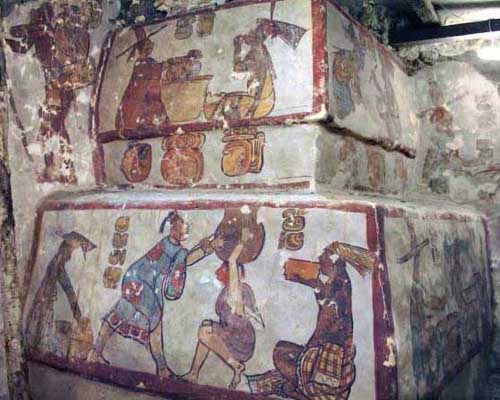
Classic Maya History Is Embedded in Commoners' Homes Science Daily - April 16, 2010
++++++++++++++++++++++++++++++++++++++++
HELP-Matrix Humane-Liberation-Party Blog ~ http://help-matrix.blogspot.com/ ~
Humane-Liberation-Party Portal ~ http://help-matrix.ning.com/ ~
@Peta_de_Aztlan Blog ~ http://peta-de-aztlan.blogspot.com/ ~ @Peta_de_Aztlan
+++++++++++++++++++++++++++++++++++++++++

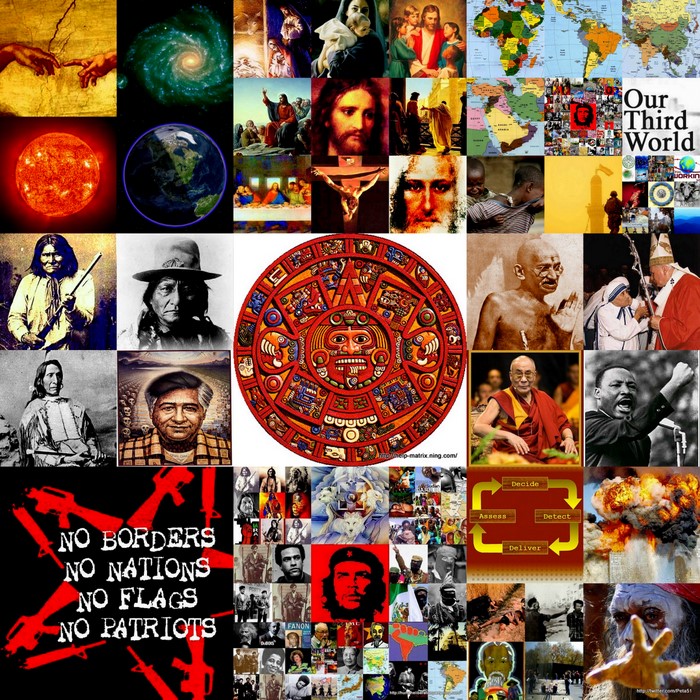
No comments:
Post a Comment
Please keep comments humane!